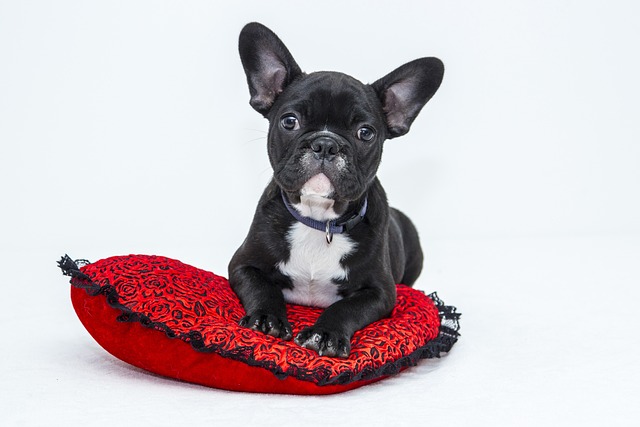
At what age do dogs start getting health problems
It’s a common misconception that health problems only affect older dogs. The reality is that certain issues can appear at any stage of a dog’s life
I sat on my friend Emma’s porch last month, watching her 1-year-old Poodle, Luna, scratch her belly until it turned pink. “The groomer said grain-free food would fix her allergies,” Emma said, holding up a pricey bag, “but I don’t know if it’s actually helping.” If you’re a new U.S. dog owner whose pup is struggling with allergies, this question is urgent: Is grain-free food good for dogs with allergies? The short answer: Only if their allergy is specifically to grains—and since most dog food allergies are to proteins (not grains), grain-free isn’t a one-size-fits-all solution. It can work wonders for the right pup, but it’s not a magic fix—and it comes with risks if used unnecessarily.
To understand why, let’s break down dog allergies and grain-free food. Food allergies happen when a dog’s immune system overreacts to a specific ingredient. The top culprits? Proteins like chicken, beef, dairy, or fish—not grains. Only about 10% of food-allergic dogs react to grains (wheat, corn, barley, or rye). For those few, grain-free food eliminates the trigger, easing symptoms like itchy skin, ear infections, diarrhea, or hives. But here’s the catch: Many grain-free formulas replace grains with legumes (peas, lentils) or potatoes. The FDA has linked some of these high-legume grain-free foods to dilated cardiomyopathy (DCM), a serious heart condition—especially in large breeds like German Shepherds or Golden Retrievers. So if your dog’s allergy is to chicken, switching to a grain-free food that still has chicken won’t help—and could harm them. Luna’s vet later found her allergy was to beef, not grains; the grain-free food Emma bought still had beef, which is why Luna kept scratching.

Here’s how to use grain-free food safely for allergic dogs: First, confirm the allergy trigger with your vet—don’t guess. Vets can do skin or blood tests, or recommend an elimination diet: Feed your dog a “novel” protein (duck, venison) and a simple carb (sweet potato) for 8–12 weeks. If symptoms improve, reintroduce one ingredient at a time (e.g., wheat) to see what causes a flare-up. Second, only choose grain-free if grains are the trigger. For Luna, the fix was a grain-inclusive food with duck (no beef)—not grain-free. Third, pick a safe grain-free formula if needed: Look for AAFCO certification (ensures balanced nutrition), real meat as the first ingredient, and avoid formulas where peas/lentils are in the top 3 ingredients (to lower DCM risk).
Never scold your dog for scratching or having accidents due to allergies—they’re uncomfortable, not misbehaving, and punishment violates U.S. animal welfare standards. Instead, reward them with a treat when they let you apply anti-itch cream. For apartment living, store grain-free food in airtight containers (it’s higher in protein, which attracts pests) and clean food bowls daily. When walking, always carry extra poop bags (cities like Portland fine $150 for leaving messes) and confirm your dog’s rabies vaccine is up to date (required nationwide).
Grain-free food is great for dogs with grain allergies—but useless (or risky) for others. With vet guidance, you’ll find the right diet to stop your pup’s discomfort.

It’s a common misconception that health problems only affect older dogs. The reality is that certain issues can appear at any stage of a dog’s life
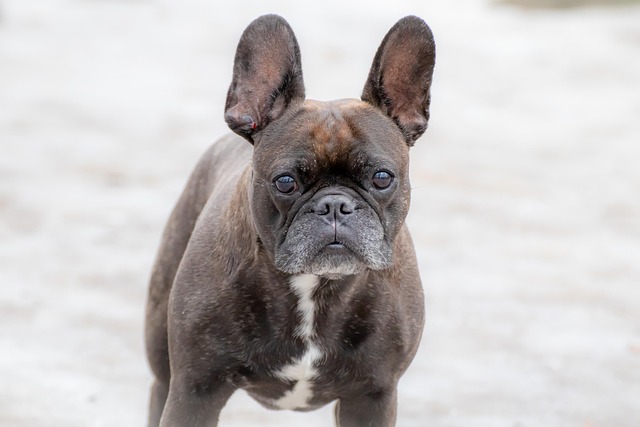
I sat with my friend Tom in his backyard last weekend, watching his 10-year-old German Shepherd, Bear, doze in the sun. “I keep wondering how much time we have left
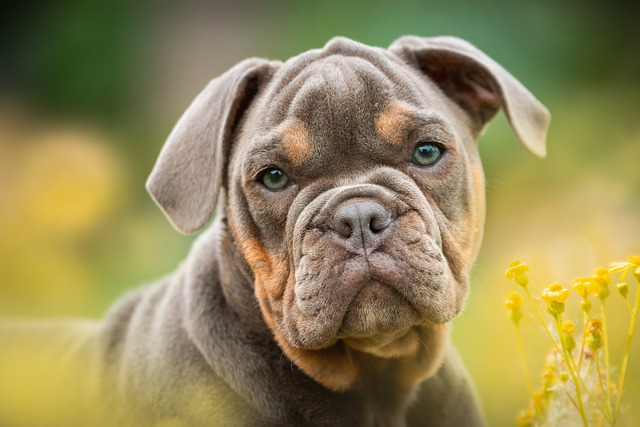
I stood in a pet store with my friend Jake last weekend, watching him stare at a wall of puppy products—his 10-week-old French Bulldog, Lola, was coming home in 3 days
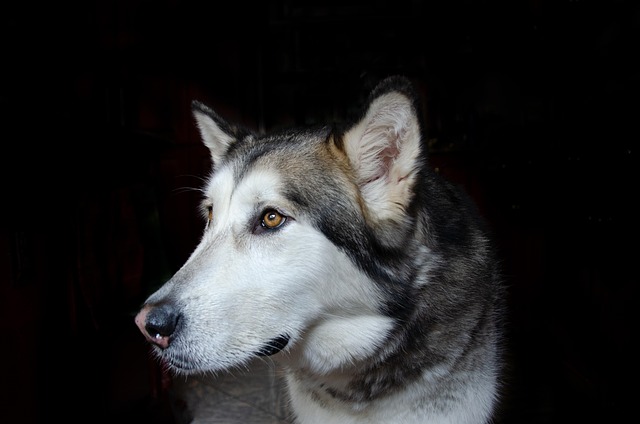
Gastroenteritis can throw a wrench in your dog’s usual energy—one day they’re begging for table scraps, the next they’re turning away from their favorite kibble, or dealing with upset tummies.
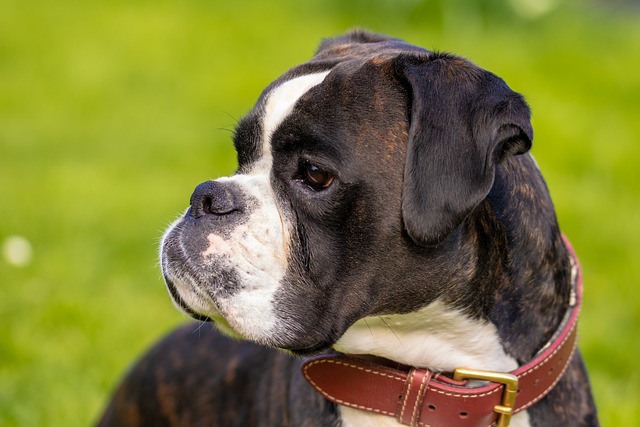
I sat with my coworker Mike in the break room last week, as he flipped through a stack of dog food bags—his 9-year-old Lab, Duke, had just been diagnosed with early kidney disease

If you've just brought home a fluffy new puppy or adopted a rescue dog,one of the first health concerns you're likely to hear about is canine parvovirus. It's a scary topic,but understanding basics like its incubation period can help you protect your pup.